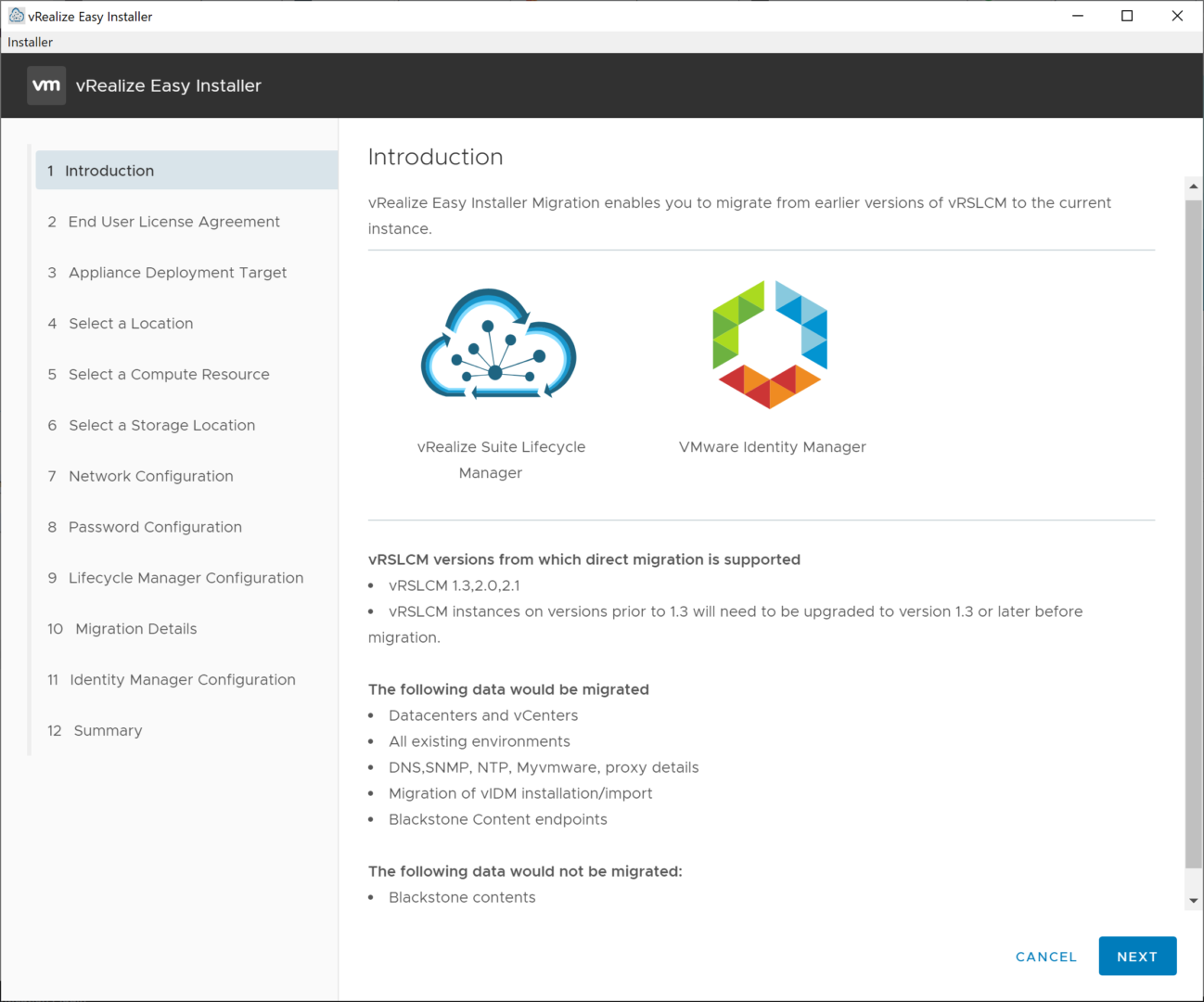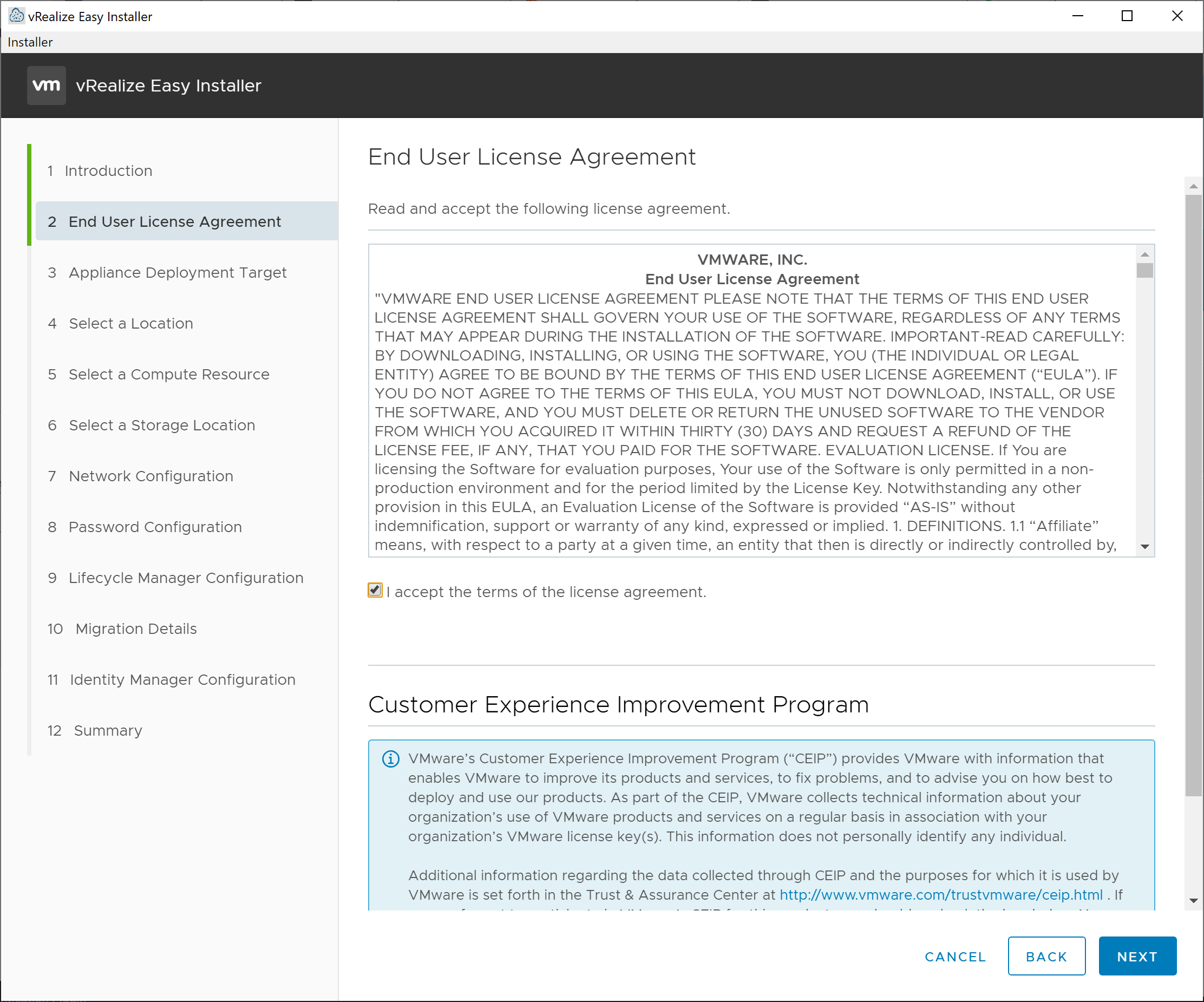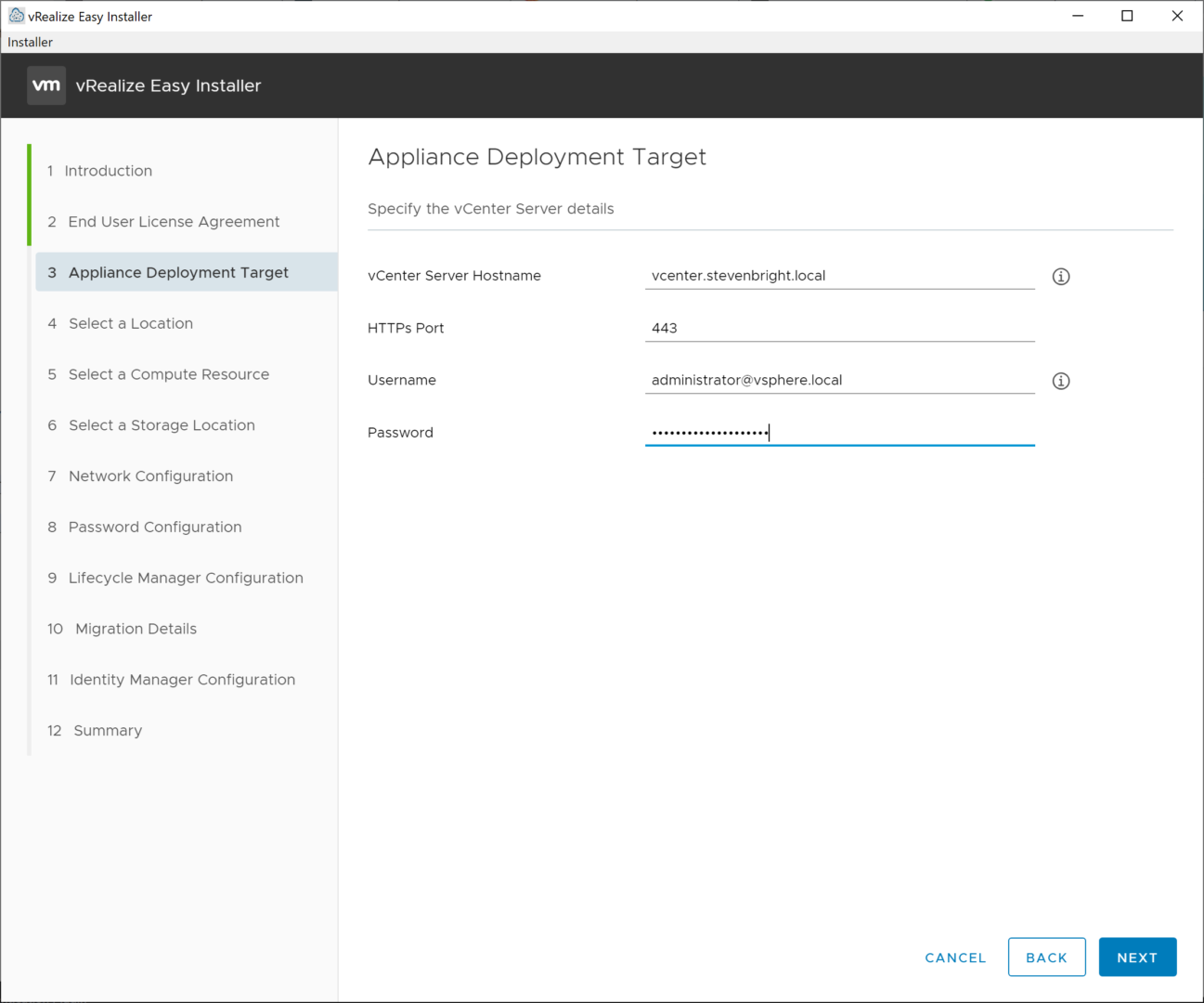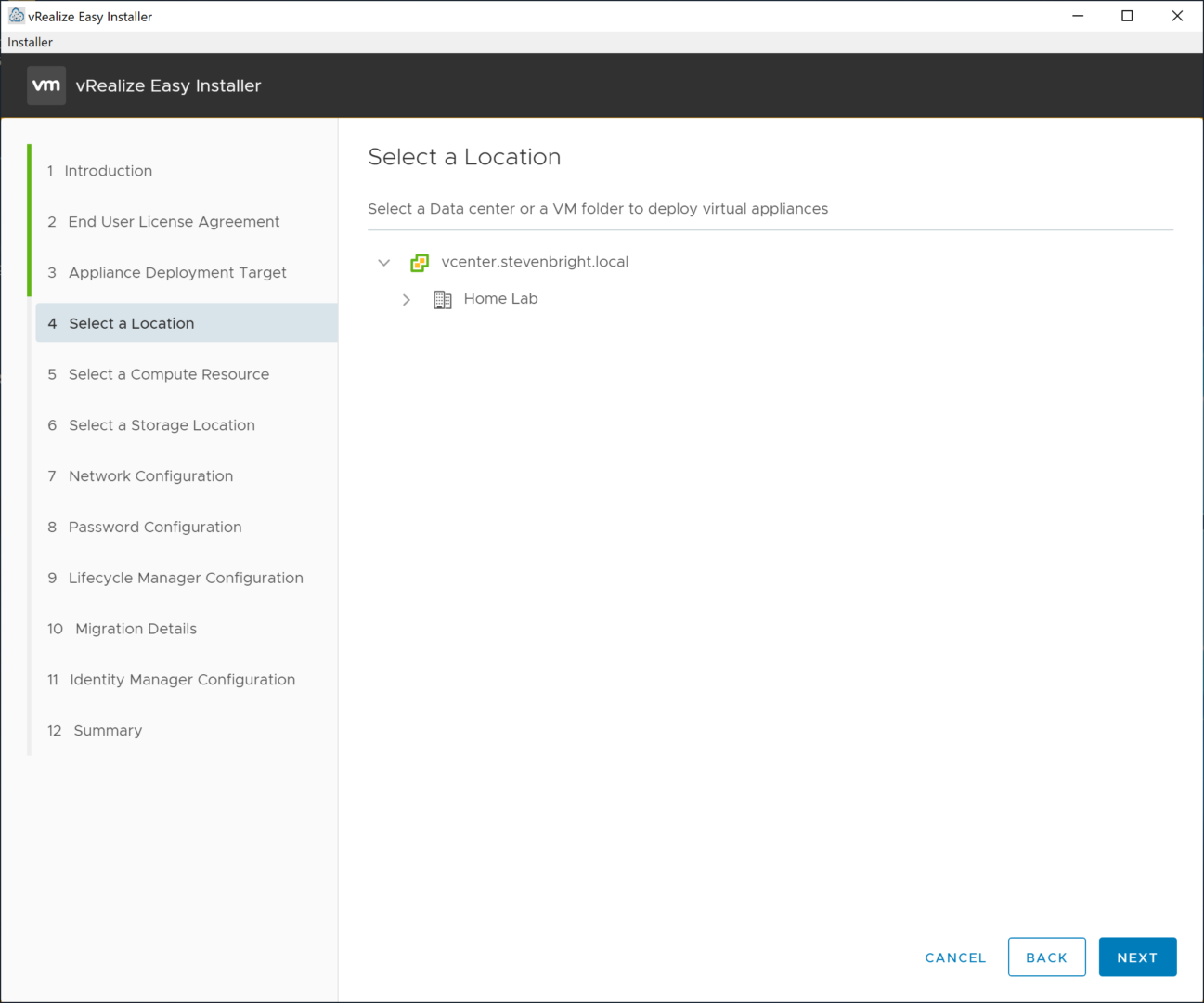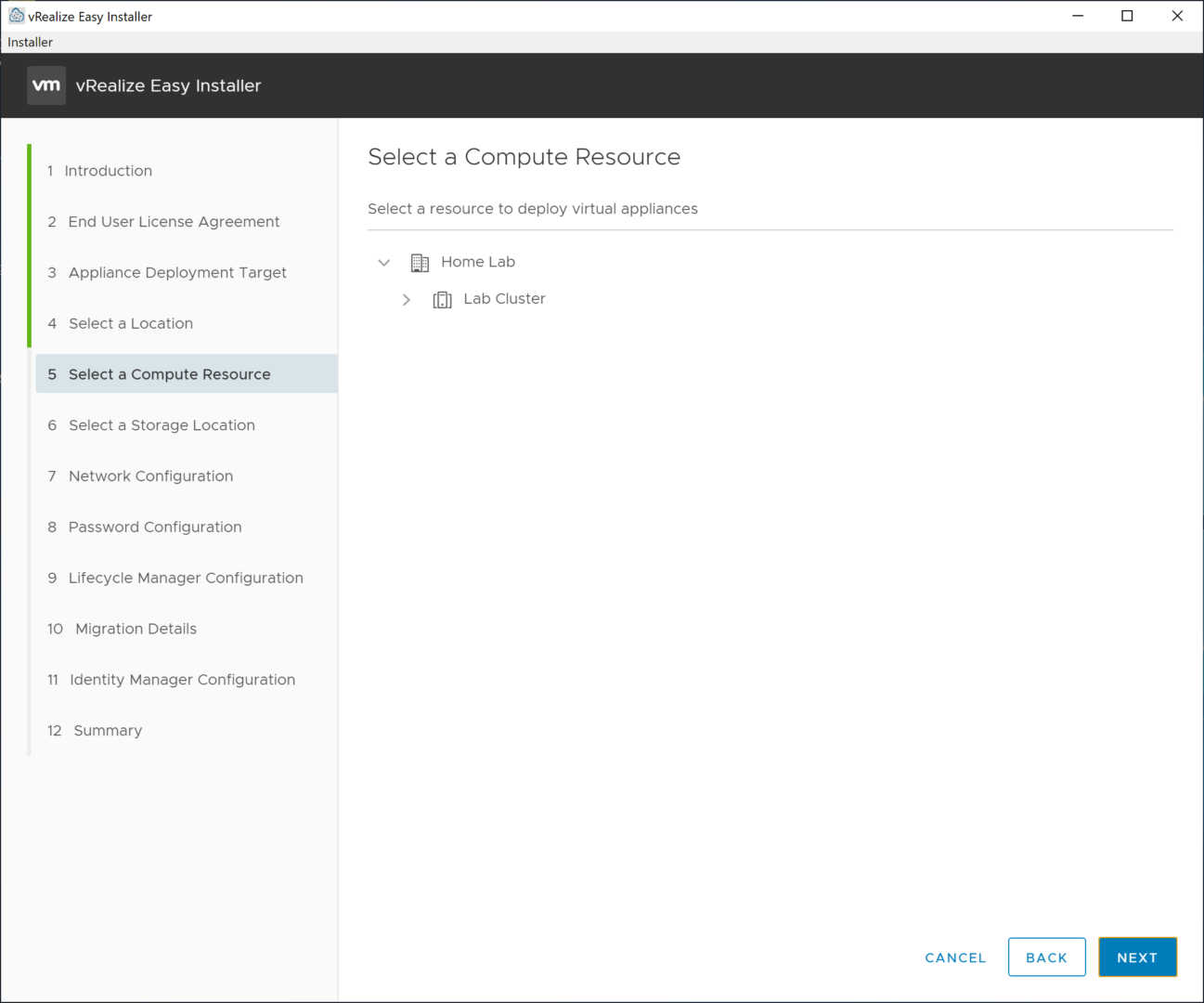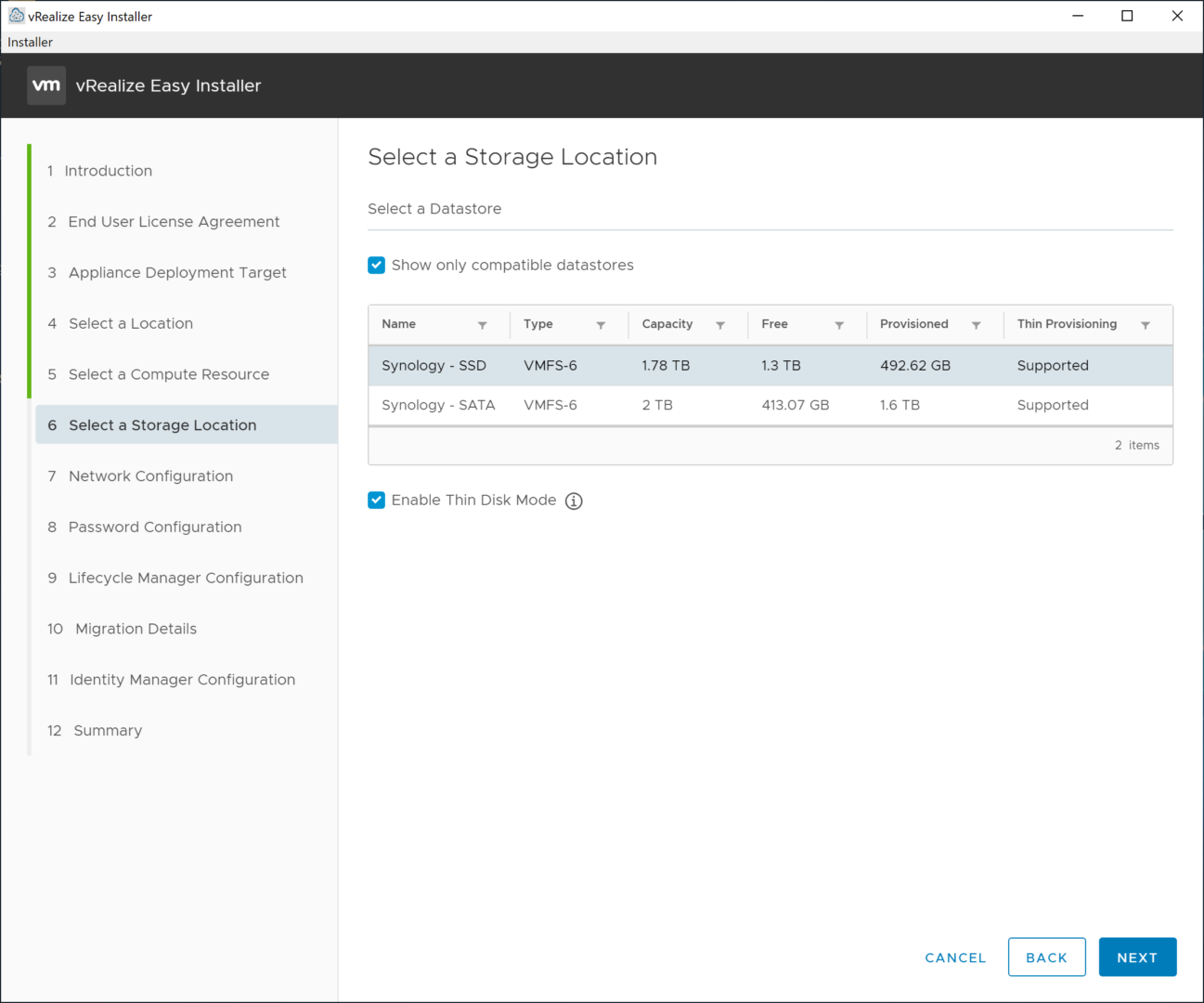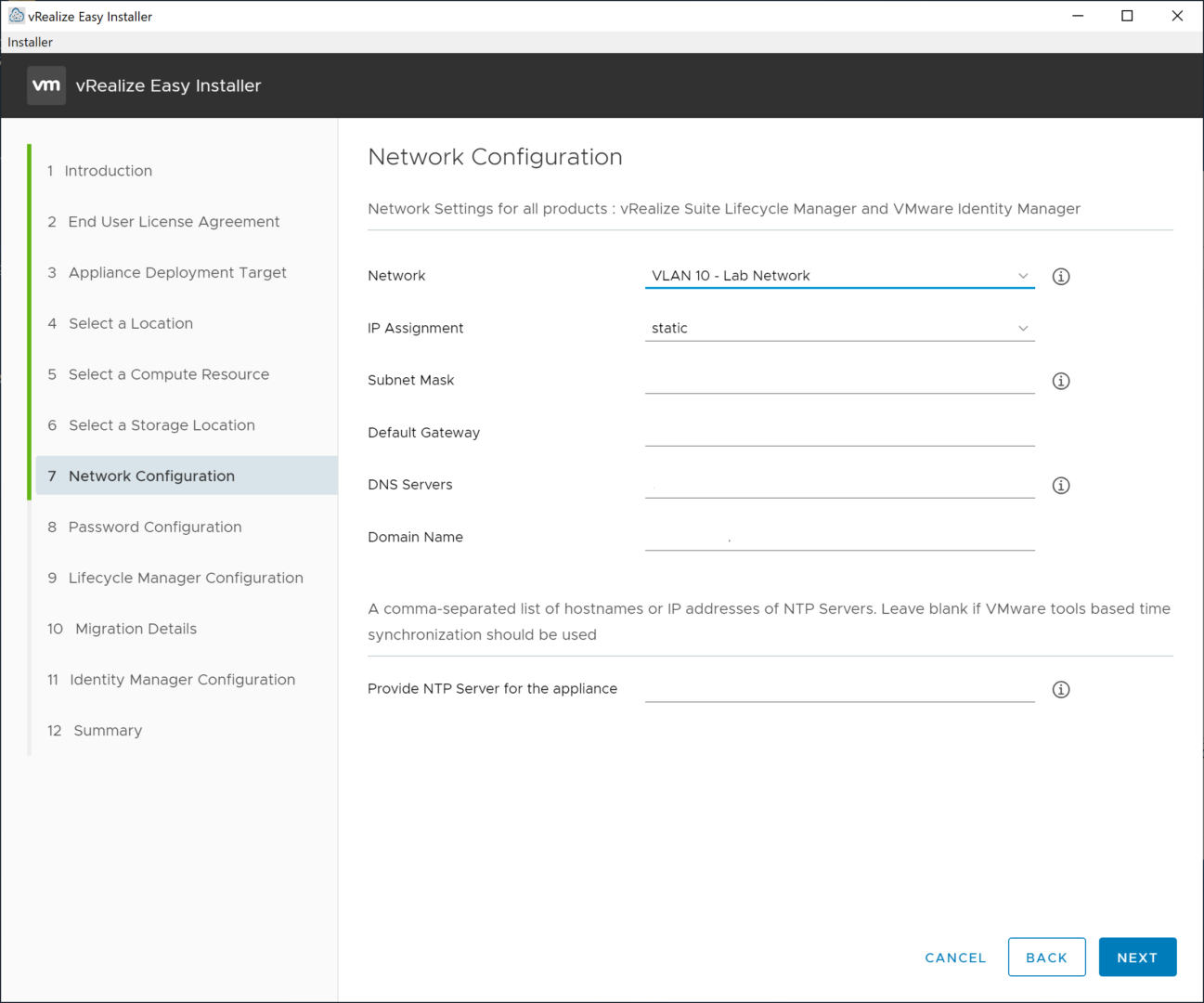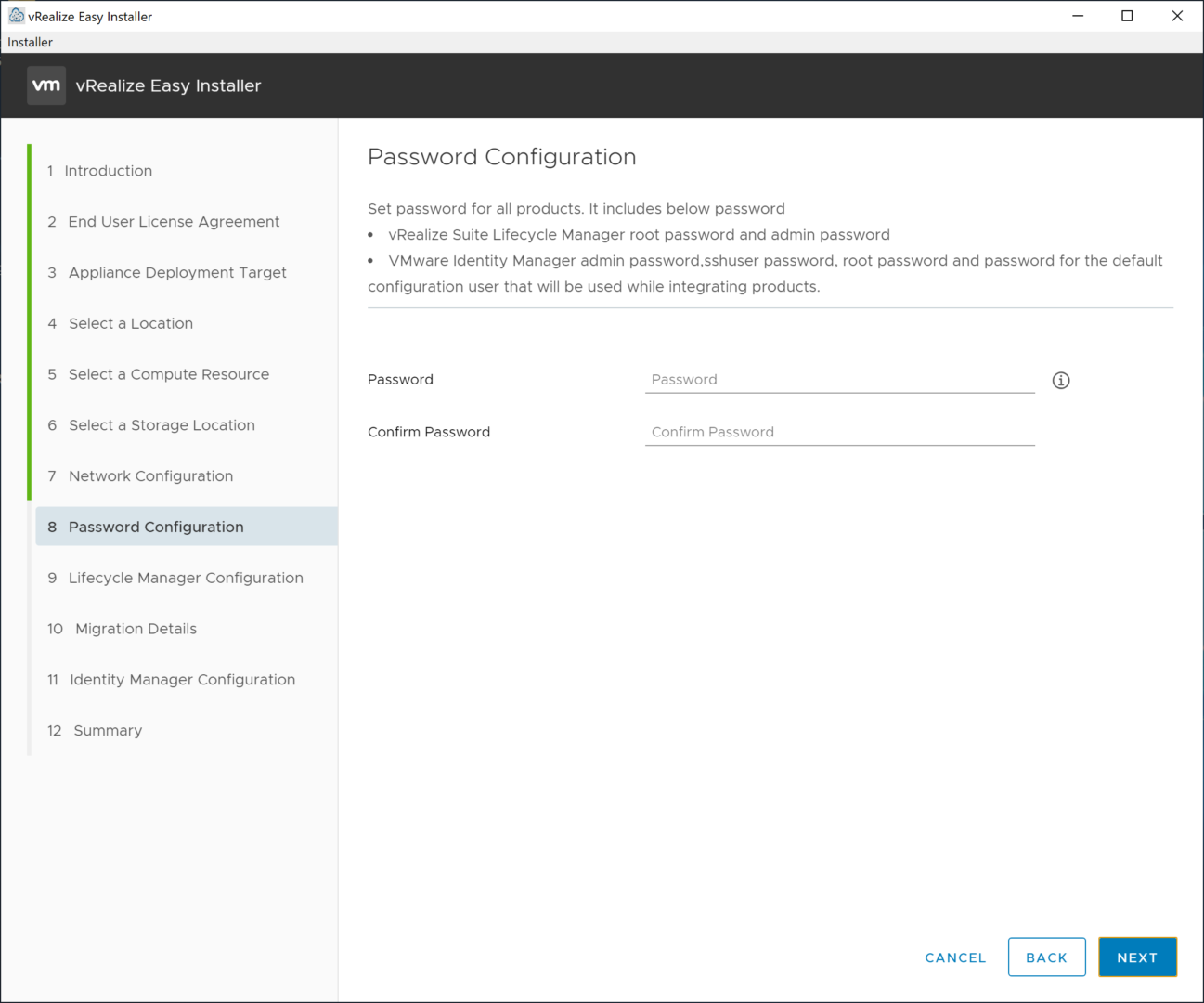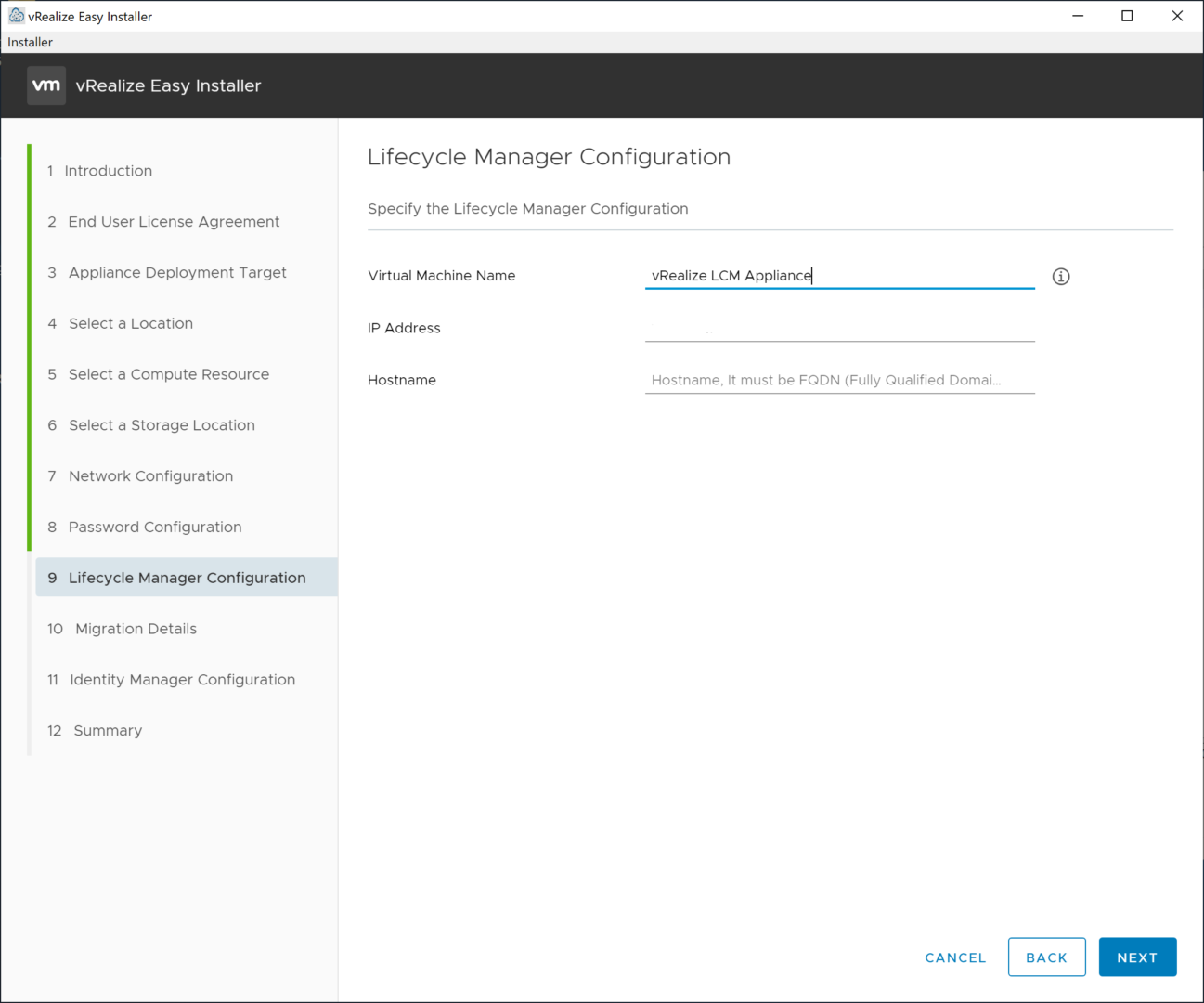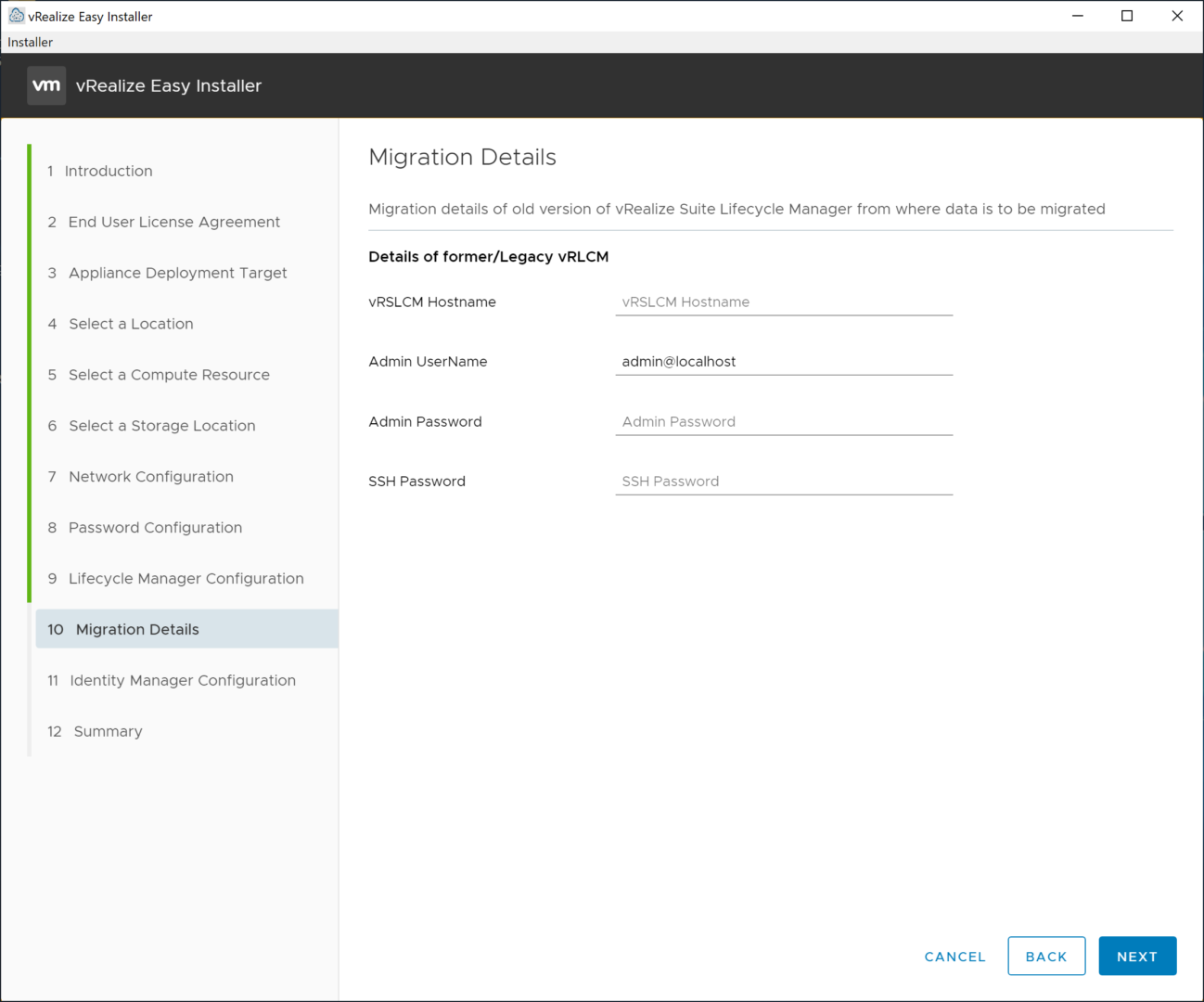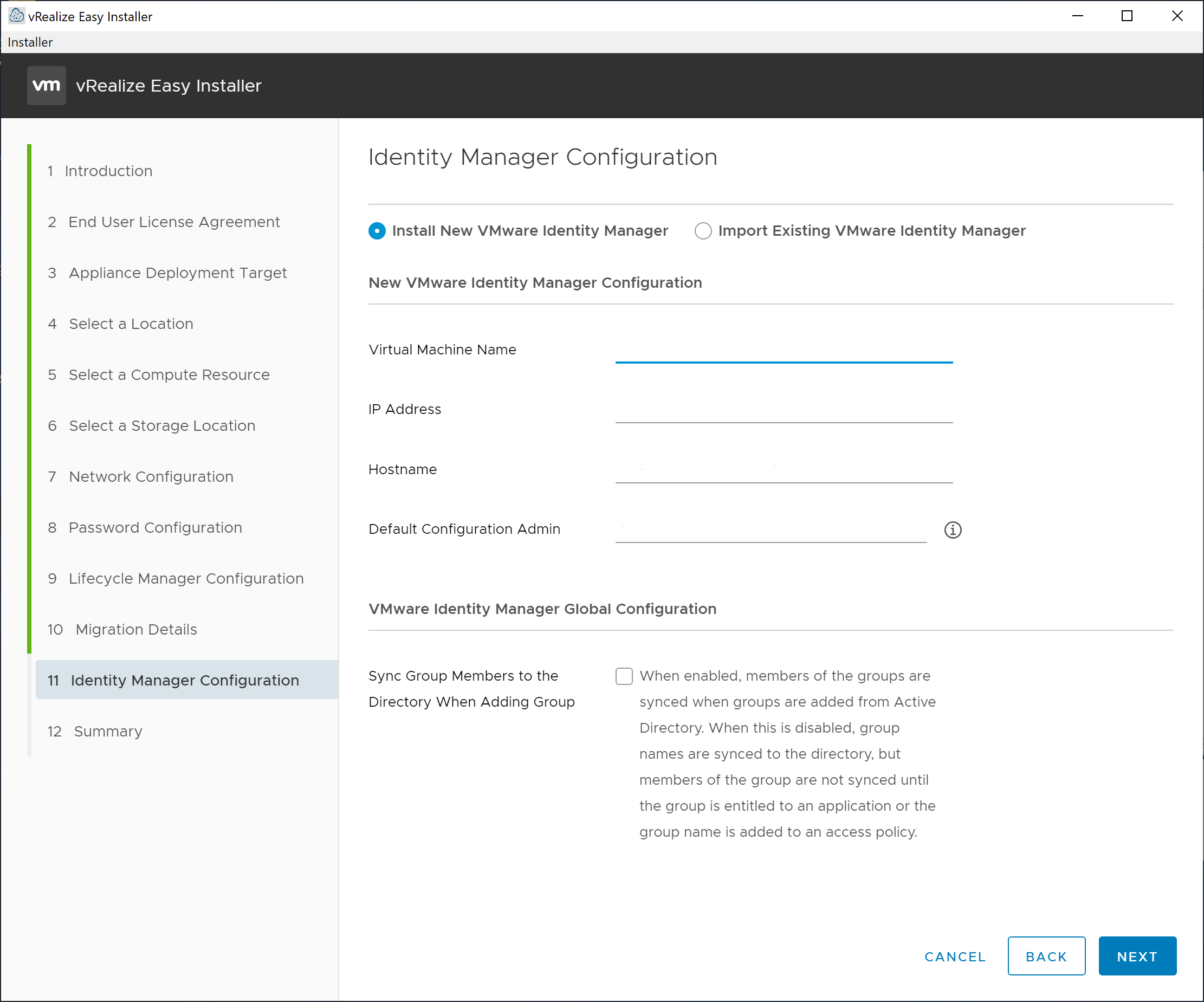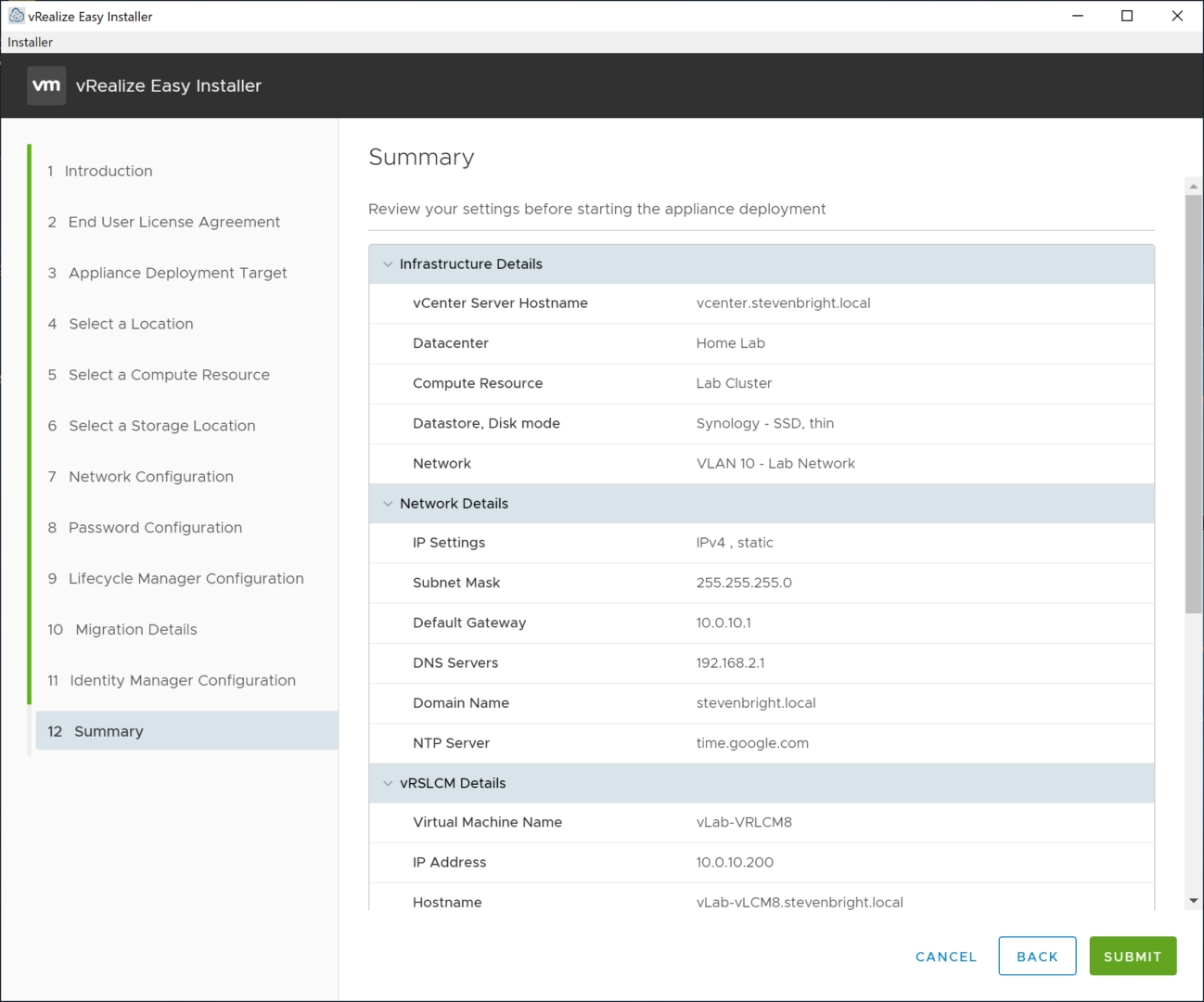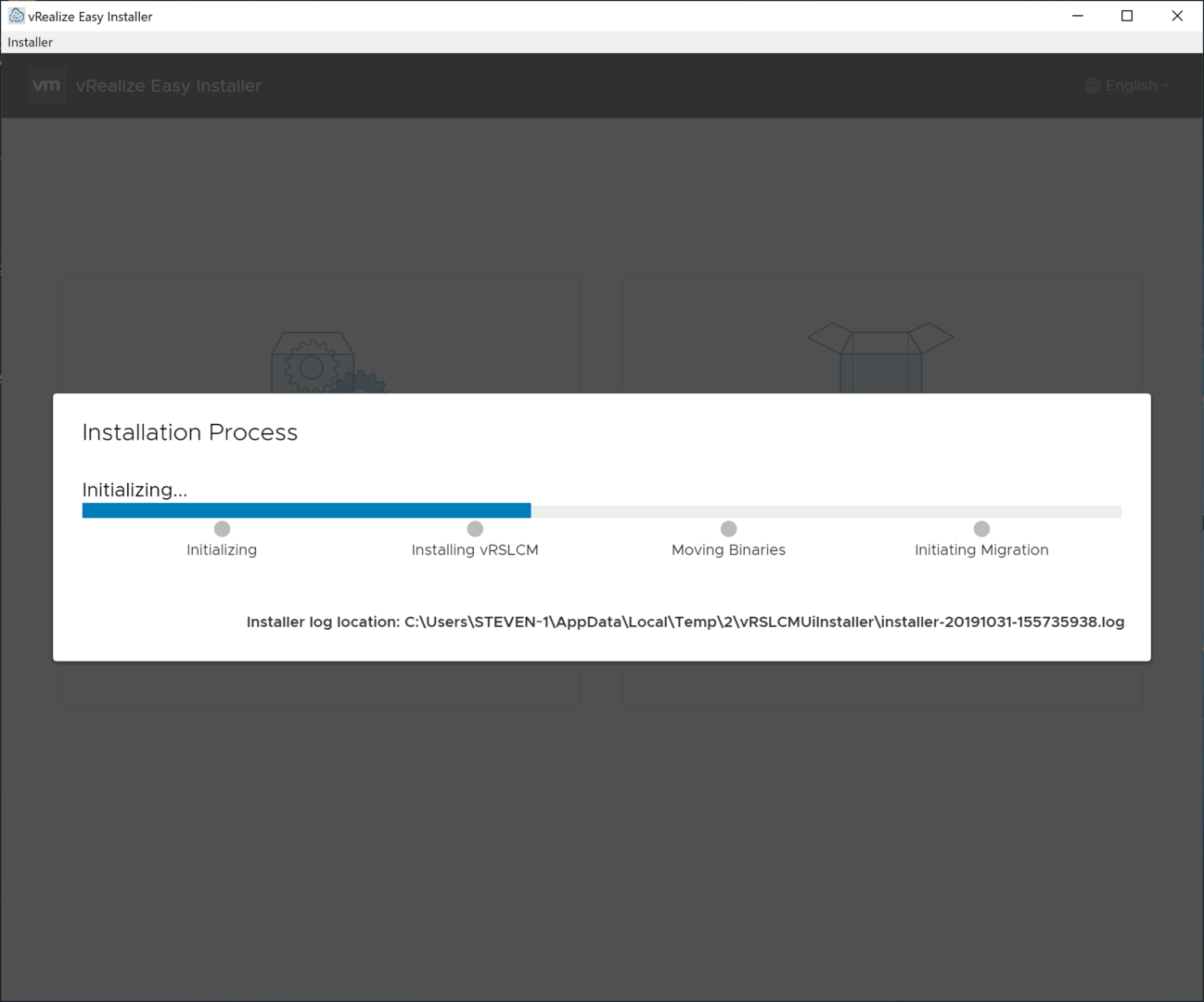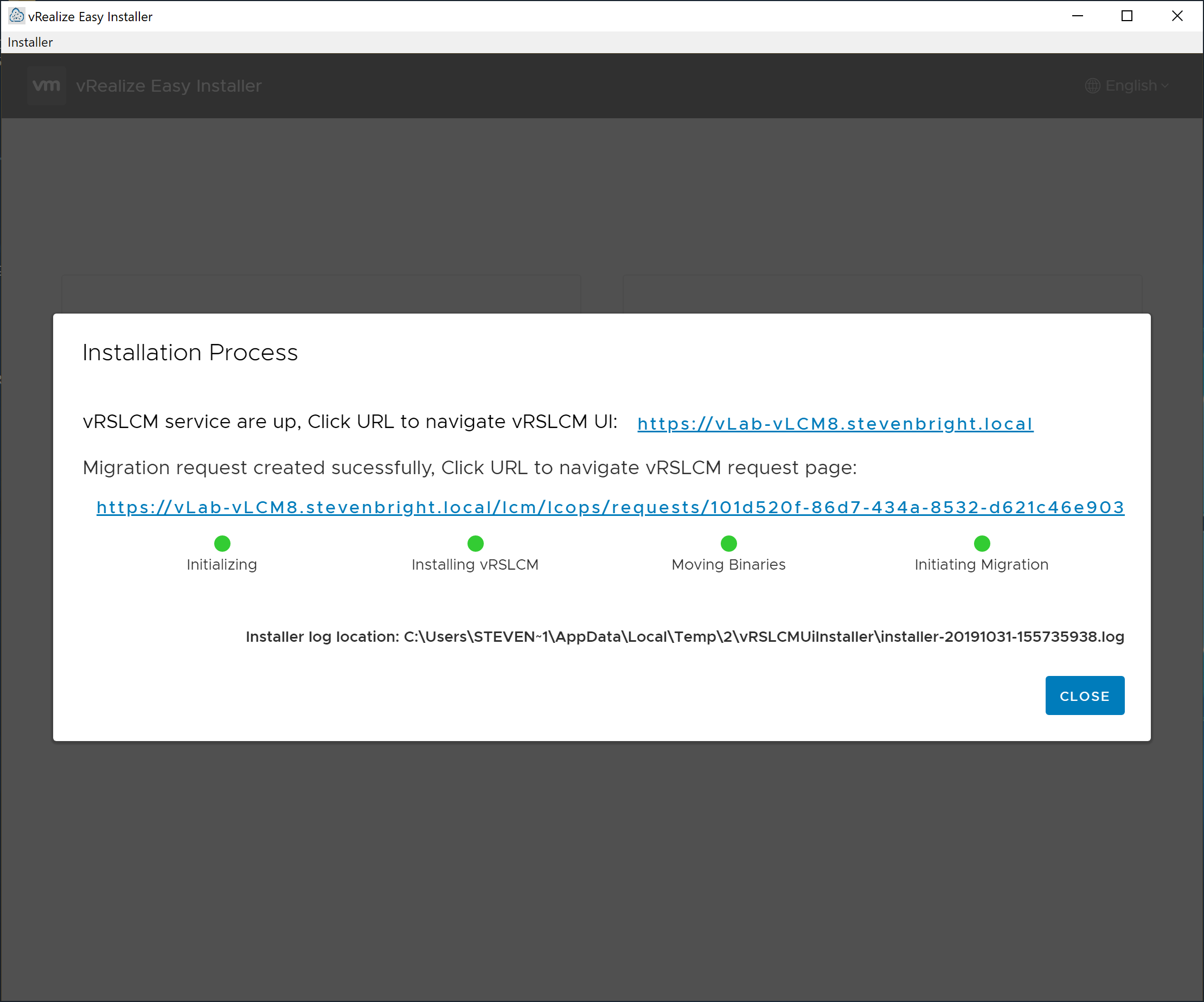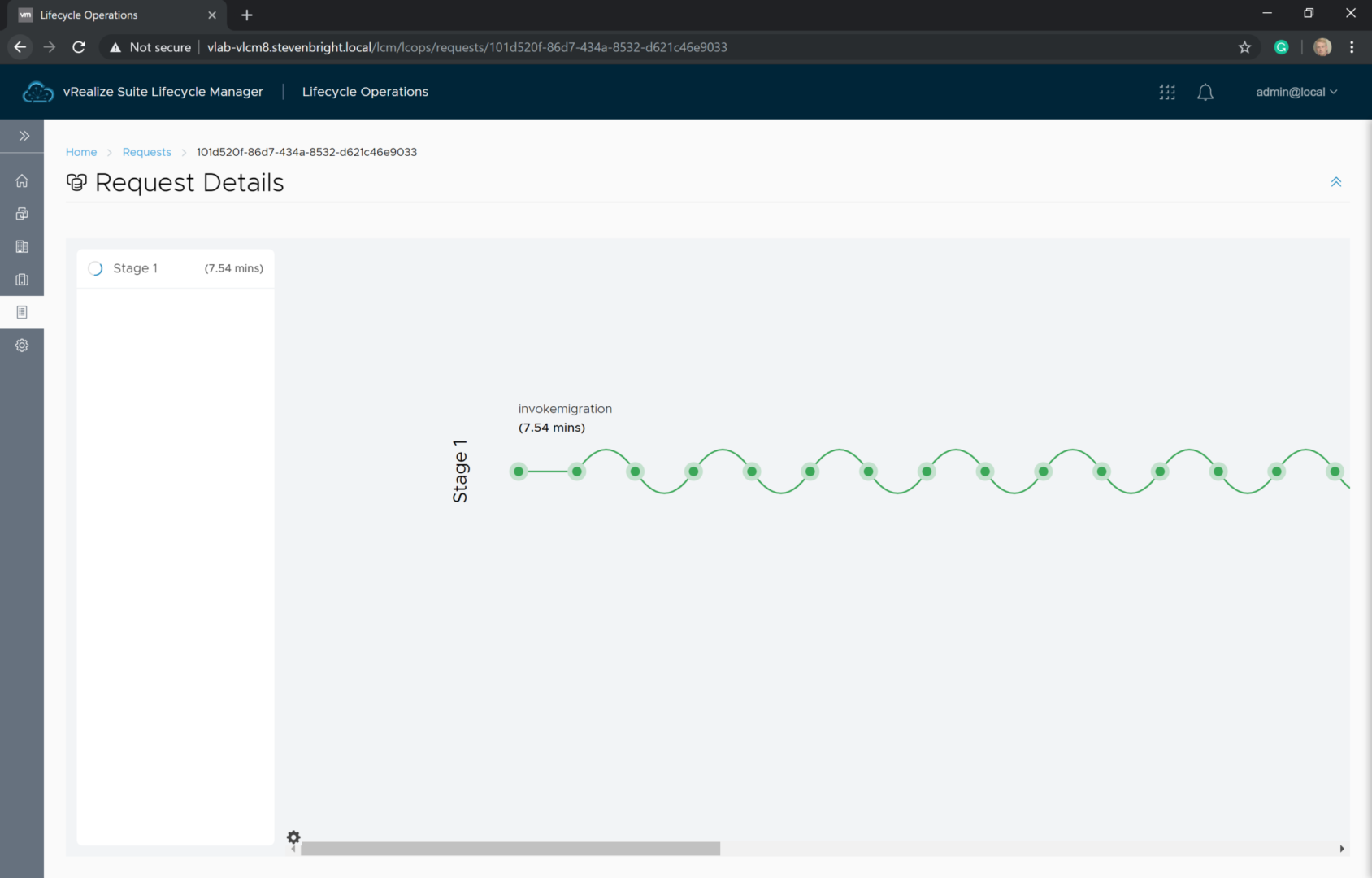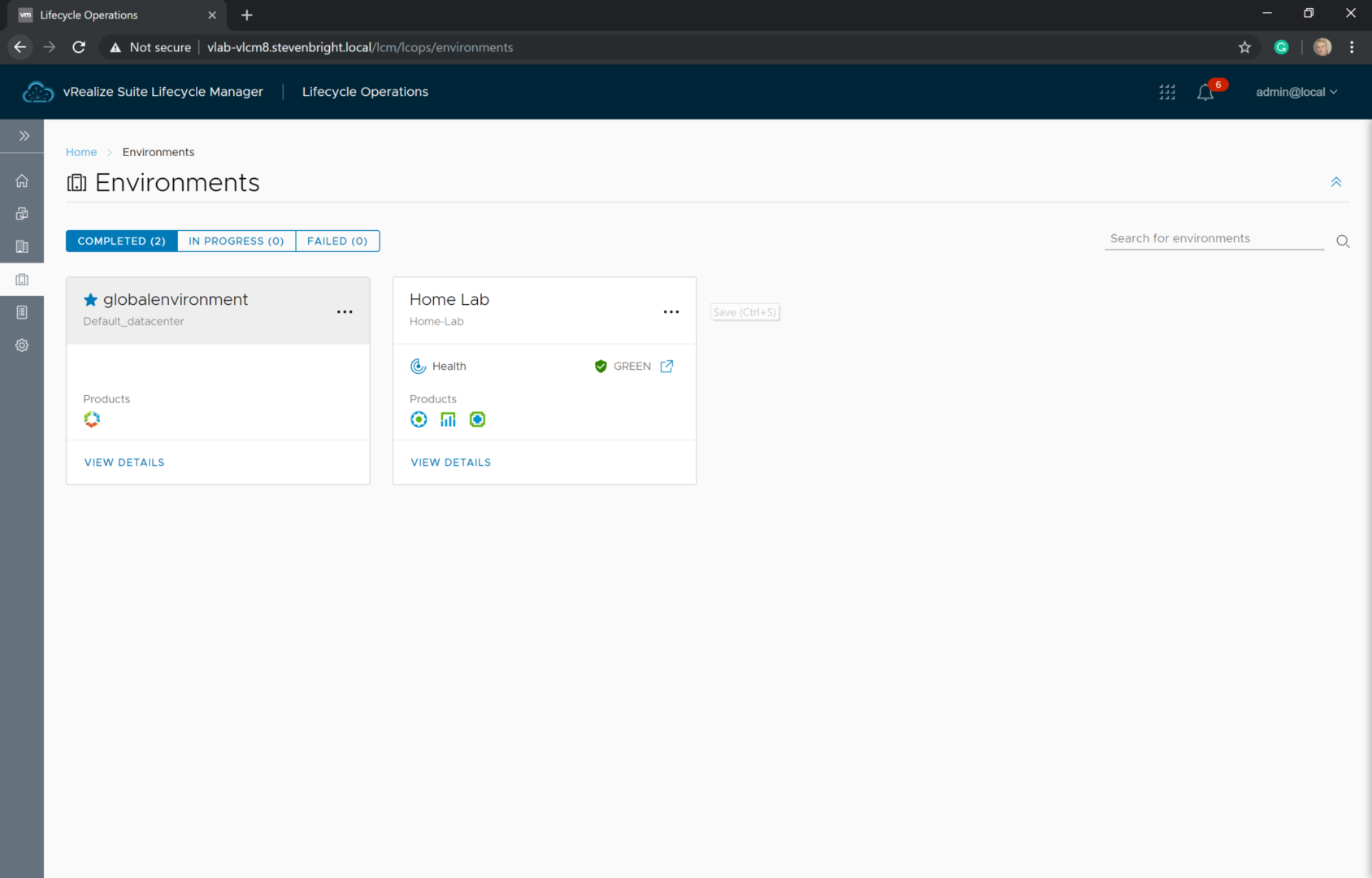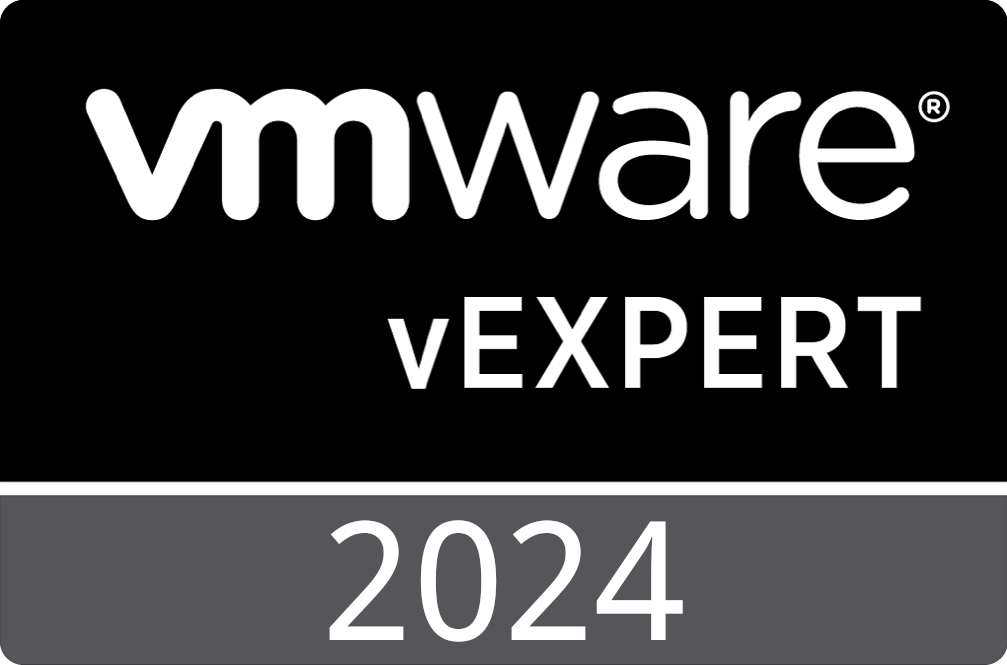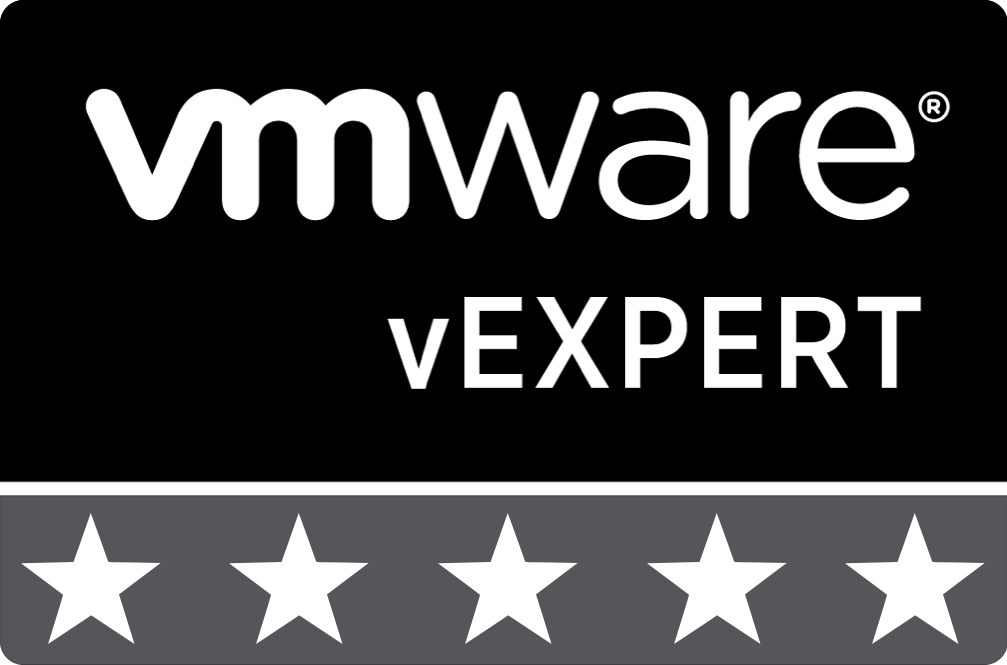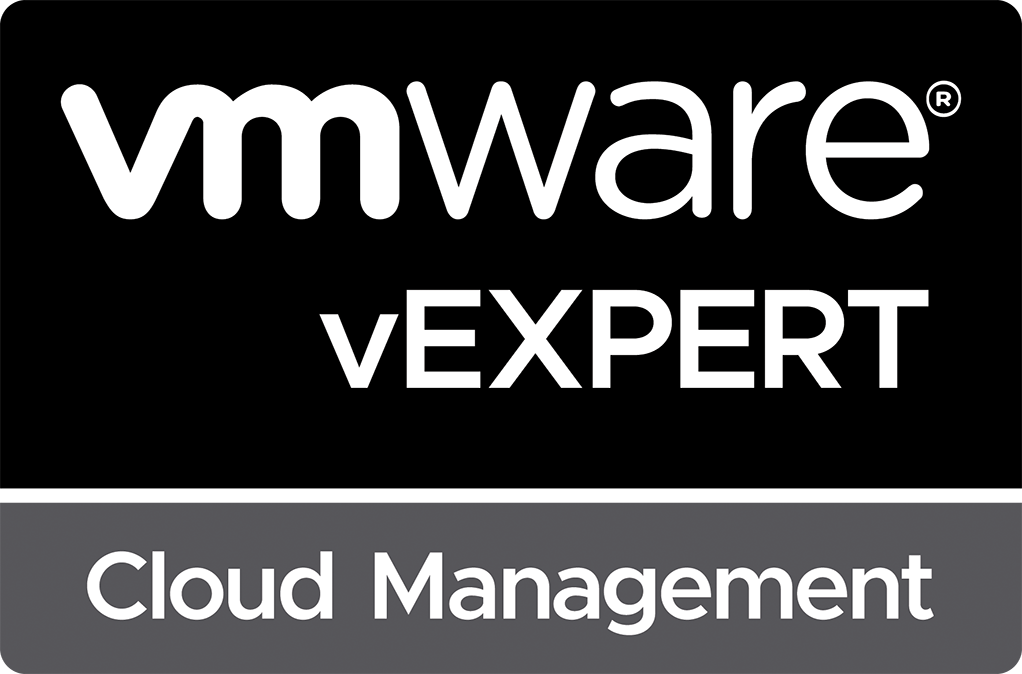Upgrading to vRealize Suite Lifecycle Manager 8.0
vRealize Suite Lifecycle Manager 8.0 is the latest release of VMware’s application platform for deploying, upgrading, and managing the various products included in the vRealize Suite. Don’t worry; you didn’t miss several releases between version 2.1 to version 8.0. Instead, VMware has decided to baseline all of the latest vRealize Suite products onto a common version number. Unlike with the previous version of Lifecycle Manager, upgrading to version 8.0 requires the deployment of a new virtual appliance and migration of your existing configuration. Luckily, VMware’s new vRealize Easy Installer makes this process quite easy for us.
What Should I Know Before Upgrading
Before you make a move to vRealize Suite Lifecycle Manager, you should be aware of the following items:
- An in-place upgrade to vRealize Suite Lifecycle Manager 8.0 is not supported. You must deploy a new vRealize Suite Lifecycle Manager 8.0 virtual appliance and migrate your legacy vRealize Suite Lifecycle Manager environment.
- The migration of content from the built-in content management system (Blackstone) is not supported. While your content management endpoints will migrate, your version-controlled content will not.
Getting Started with the vRealize Easy Installer
As I described in my previous post Deploying VMware vRealize Automation 8.0, the vRealize Easy Installer supports two situations: deploying a new instance of vRealize Lifecycle Manager 8.0 or upgrading/migrating an existing instance of vRealize Lifecycle Manager to version 8.0. For this walkthrough, we’ll be migrating an existing instance of vRealize Suite Lifecycle Manager 1.3, 2.0, or 2.1.
Migrating an Existing Instance of vRealize Lifecycle Manager 8.0
First things first, you need to download the VMware vRealize Easy Installer from the VMware vRealize Suite Lifecycle Manager 8.0 download site, mount the ISO file to your computer and launch the installer application that matches your operating system from the vrlcm-ui-installer folder. In the case of Windows, it’d be the installer.exe.
We select Migrate since we are migrating our existing vRealize Suite Lifecycle Manager 1.3, 2.0, or 2.1 deployment to 8.0. This loads the Introduction screen of the migration wizard, which provides an overview of supported versions of vRealize Suite Lifecycle Manager, a list of what data will be migrated and what data will not be migrated. Please note that while your content management endpoints will be migrated from your current deployment of vRealize Suite Lifecycle Manager, your version-controlled content will not migrate to the new vRealize Suite Lifecycle Manager 8.0 appliance.
We click Next to move on to the End User License Agreement screen where we accept the license agreement and specify yes or no to participating in the Customer Experience Improvement Program.
We again click the Next button to move on to the Appliance Deployment Target screen. On this screen, we provide information regarding the vCenter server where we plan to deploy the vRealize Suite Lifecycle Manager virtual appliance. You need to provide the vCenter Server’s hostname, port, username, and password, then click on the Next button. If you receive a Certificate Warning dialog box asking that you confirm the SHA1 thumbprint of the SSL certificate provided by your vCenter server, do so and click Accept to continue. After the installer validates your credentials, you are presented with the Select a Location screen.
On the Select a Location screen, select the data center and folder where you would like the new virtual appliance located, then click the Next button.
The next screen presented is the Select a Compute Resources screen. From here, select the cluster or host where we would like to deploy the new virtual appliance. Once you have selected the desired resource, click Next to move on to the Select a Storage Location screen.
On the Select a Storage Location screen, select the storage location for the new virtual appliance. If desired, select the Enable Thin Disk Mode to deploy the virtual appliance storage using thin provisioning. Click Next to continue.
On the resulting Network Configuration screen, select the network, IP address assignment mode (static appears to be the only option at this time), and enter the subnet mask, default gateway, DNS servers, and domain name for the new virtual appliance. Additionally, provide one or more NTP servers in a comma-separated list. At this point, we won’t be providing an IP address or hostname for the appliance as these network settings are specified during the Lifecycle Manager Configuration portion of the wizard. Click Next to move on to the Password Configuration screen.
On the resulting Password Configuration screen, enter the password that will be utilized for the root and admin account on the vRealize Suite Lifecycle Manager appliance and optional Identity Manager appliance, then click Next.
On the resulting Lifecycle Manager Configuration screen, enter the name for the new vRealize Suite Lifecycle Manager Appliance, as well as the desired hostname (enter the FQDN) and IP address. Click Next to continue to the Migration Details screen.
On the resulting Migration Details screen, we provide the hostname, local administrator username/password, as well as the SSH root account password for our existing vRealize Suite Lifecycle Manager appliance. Click Next to move on to the Identity Manager Configuration.
If you were previously running vRealize Suite Lifecycle Manager, you likely already have an active deployment of VMware Identity Manager. Unfortunately, I had already upgraded mine to VMware Identity Manager 19.03, which is unsupported. So for this walkthrough, I will choose to deploy a new instance of VMware Identity Manager 3.3.1. For a new deployment, provide the Virtual Machine Name, IP Address, Hostname, Default Configuration Admin account that will be used for logging in, and select whether or not you wish to synchronize Active Directory security group members when a new security group is synchronized. Click on Next to move on to the Summary portion of the wizard.
On the Summary portion of the wizard, verify that all the information that you provided is correct, then click Submit.
After clicking Submit, you are provided a screen with the status of the installation process as well as the path to the log file. Each step of the process and the current status of each step are listed.
When the installation is complete, you are presented with a screen notifying you that the vRealize Suite Lifecycle Manager services are up, that request has been created to migrate your content from your existing deployment, and providing you with the URL to access both the web interface and the migration request.
To access that status of your migration from your previous vRealize Suite Lifecycle Manager deployment, click on the migration request link. If everything has executed successfully, you should see a screen similar to the below, which shows that the request was successful.
If everything was successful, when you view your Environments, you should now see at least two environments: one called “globalenvironment” which contains VMware Identity Manager 3.3.1, and the others that align with the environments you previously created in your vRealize Suite Lifecycle Manager 1.3, 2.0, or 2.1 deployment.
Conclusion
Now that you’ve migrated to a new instance of VMware vRealize Suite Lifecycle Manager 8.0, you can safely decommission your legacy 1.3, 2.0, or 2.1 environment. In a future post, I will walk through the process of upgrading vRealize Operations 7.5 and vRealize Loginsight 4.8 to the latest 8.0 releases using vRealize Suite Lifecycle Manager 8.0.
See Also
Search
Get Notified of Future Posts
Recent Posts
